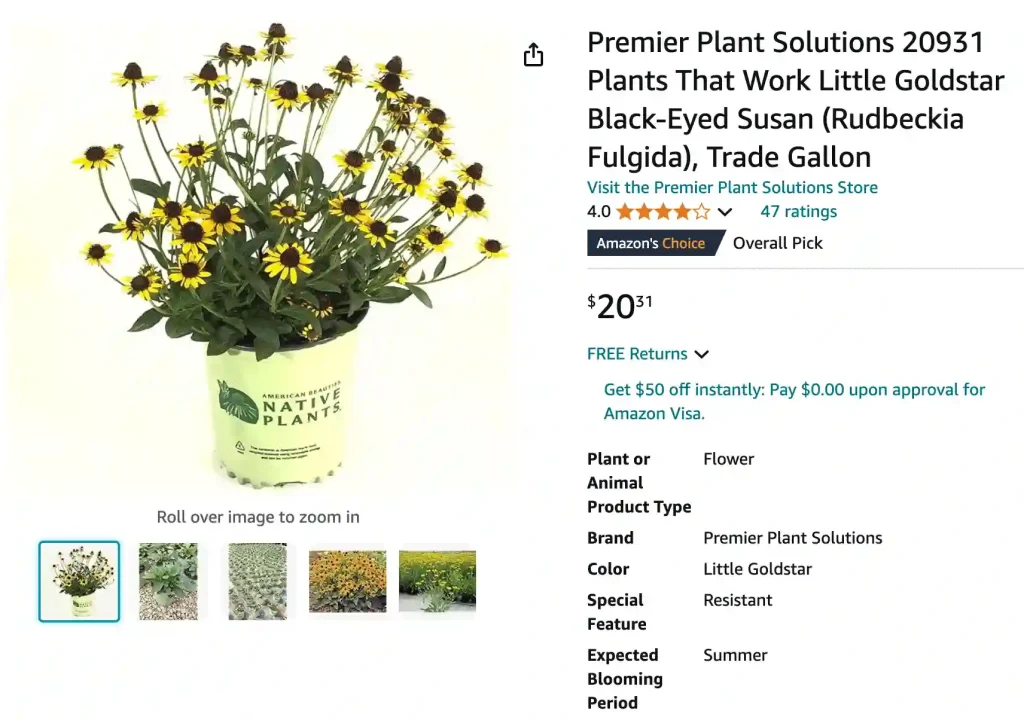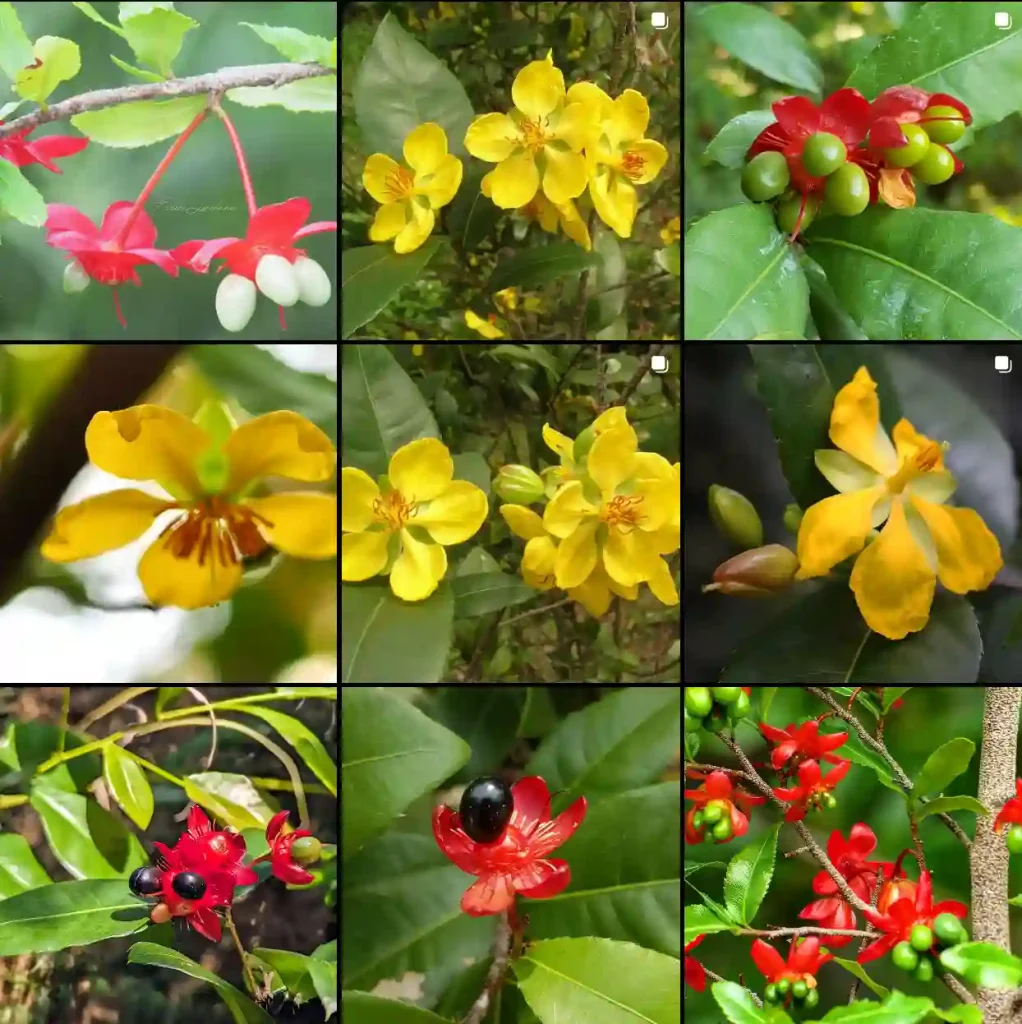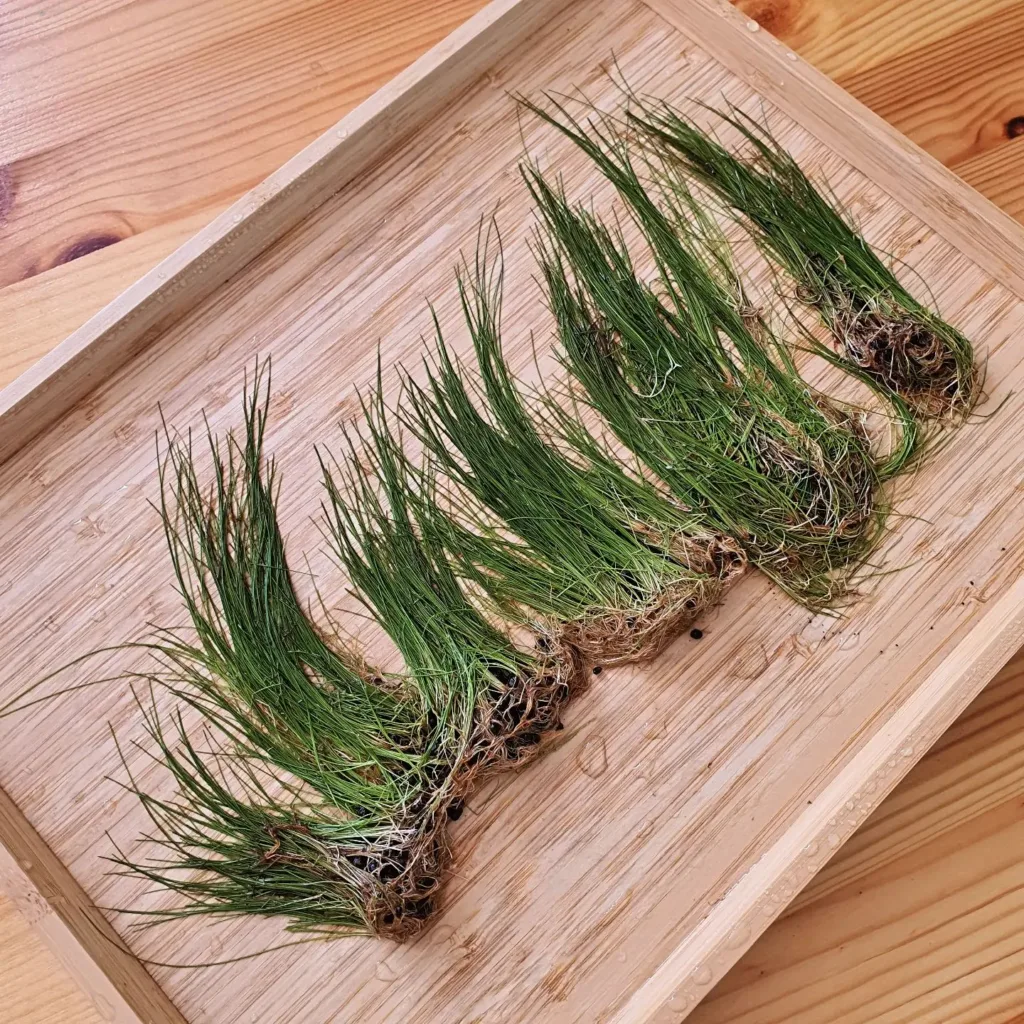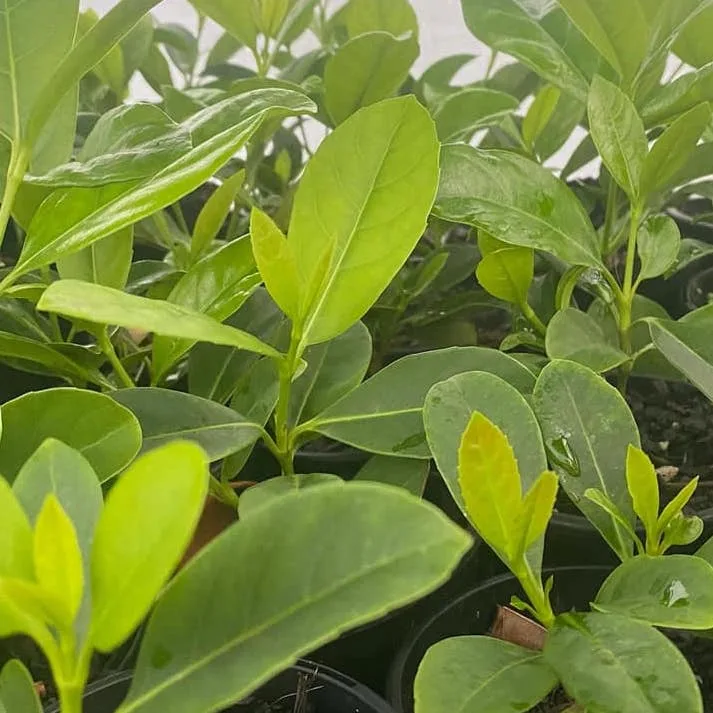
FAQs About Rudbeckia Little Goldstar
Rudbeckia Little Goldstar, a charming member of the Rudbeckia family, has been gaining popularity among gardeners for its vibrant yellow flowers and compact size. As someone who’s had hands-on experience with this delightful plant, I’m here to answer some frequently asked questions and share insights that might help you decide if Little Goldstar is the right fit for your garden.
31 Species in Genus Rudbeckia
What Is Rudbeckia Little Goldstar?
Rudbeckia Little Goldstar is a dwarf variety of the traditional Black-eyed Susan. It’s known for its bright yellow petals with a dark central cone, which is characteristic of the Rudbeckia genus. This compact plant typically grows to about 12 to 18 inches in height, making it suitable for borders, containers, and smaller garden spaces. Its cheerful blooms are not only visually appealing but also attract pollinators like bees and butterflies, adding both beauty and ecological value to your garden.
Does Little Goldstar Rudbeckia Spread?
One common question I get about Rudbeckia Little Goldstar is whether it spreads aggressively. The short answer is no; it doesn’t spread like some other plants might. Little Goldstar tends to maintain a clump-forming growth habit, which means it grows in a tight, organized mound rather than spreading out aggressively. This makes it an excellent choice for smaller gardens or containers where you want a vibrant splash of color without worrying about it overtaking other plants.
Is Rudbeckia Little Goldstar a Perennial?
Yes, Rudbeckia Little Goldstar is indeed a perennial. This means that it will come back year after year, offering a dependable burst of yellow in your garden. I’ve found that its perennial nature makes it a great investment for long-term garden planning. Once established, it will continue to bloom from mid-summer to fall, providing consistent color and interest throughout the growing season.
Who Has Little Goldstar Rudbeckia?
If you’re looking to buy Rudbeckia Little Goldstar, you have several options. Many garden centers and nurseries carry this plant, especially during the planting season. Additionally, you can find Little Goldstar Rudbeckia from online plant retailers and specialty garden shops. In my experience, local garden clubs and plant swaps can also be a great source for finding this particular variety, often from fellow gardening enthusiasts who are passionate about this perennial.
How to Care for Rudbeckia Little Goldstar?
Caring for Rudbeckia Little Goldstar is relatively straightforward. Here’s what I’ve learned:
- Sunlight: It thrives in full sun, so aim for at least six hours of direct sunlight each day.
- Soil: Well-drained soil is essential. While it can tolerate various soil types, good drainage helps prevent root rot.
- Watering: Regular watering is important, especially during dry spells. However, be cautious not to overwater, as this can lead to fungal issues.
- Fertilizing: A balanced, all-purpose fertilizer applied in the spring will help promote vigorous growth and blooming.
- Pruning: Deadheading spent flowers can encourage more blooms and keep the plant looking tidy.
How to Propagate Rudbeckia Little Goldstar?
Propagating Rudbeckia Little Goldstar can be done through division or seed sowing.
- Division: In early spring or fall, you can divide the plant by digging up the clump and separating it into smaller sections. Each section should have roots and shoots to ensure successful replanting.
- Seeds: Starting from seeds is another option. Sow seeds indoors about 8-10 weeks before the last frost, or directly in the garden once the soil has warmed up.
What to Plant With Rudbeckia Little Goldstar?
Little Goldstar pairs wonderfully with a variety of other plants. In my garden, I’ve enjoyed combining it with ornamental grasses like Blue Fescue and shorter perennials like Coreopsis. It also looks striking alongside other Rudbeckia varieties or with complementary plants like Echinacea and Salvia, which provide contrasting colors and textures.
Can You Grow Rudbeckia Little Goldstar Indoors?
While Rudbeckia Little Goldstar is typically grown outdoors, it’s possible to grow it indoors under the right conditions. You’ll need a bright, sunny spot, preferably with supplemental lighting if natural light is insufficient. A large container with good drainage is essential, and regular watering and fertilizing will help keep the plant healthy. However, this plant’s natural habitat is outdoors, so growing it indoors might not be ideal for long-term success.
Is Rudbeckia Little Goldstar Toxic?
Rudbeckia Little Goldstar is not known to be toxic to humans or pets. It’s a safe choice for gardens where children and animals might be present. Nevertheless, as with any plant, it’s wise to avoid ingestion, especially if you have sensitive individuals or pets.
Benefits of Rudbeckia Little Goldstar
Aside from its aesthetic appeal, Rudbeckia Little Goldstar offers several benefits:
- Low Maintenance: It’s relatively easy to care for, requiring minimal fuss.
- Attracts Pollinators: Its bright flowers are a magnet for bees and butterflies.
- Long Blooming Period: It provides color from mid-summer through fall.
Common Problems with Rudbeckia Little Goldstar
In my experience, Rudbeckia Little Goldstar is quite hardy, but it can face a few issues:
- Powdery Mildew: This fungal disease can affect Rudbeckia in humid conditions. Ensure good air circulation and avoid overhead watering.
- Leaf Spots: Occasionally, you might see leaf spots due to fungal infections. Removing affected leaves and improving plant spacing can help.
Compare with Other Similar Plants
If you’re considering other Rudbeckia varieties or similar plants, here’s a quick comparison:
- Rudbeckia Goldsturm: Unlike Little Goldstar, Goldsturm is taller and more spreading. It’s excellent for large beds but might not suit small spaces.
- Echinacea (Coneflower): While similar in appearance, Echinacea generally has a taller growth habit and different flower colors, offering more variety in garden design.
In conclusion, Rudbeckia Little Goldstar is a fantastic addition to any garden with its bright, cheerful blooms and manageable size. Whether you’re a seasoned gardener or just starting out, this perennial is a reliable and attractive choice for adding a splash of color and supporting local pollinators.
If i die, water my plants!



